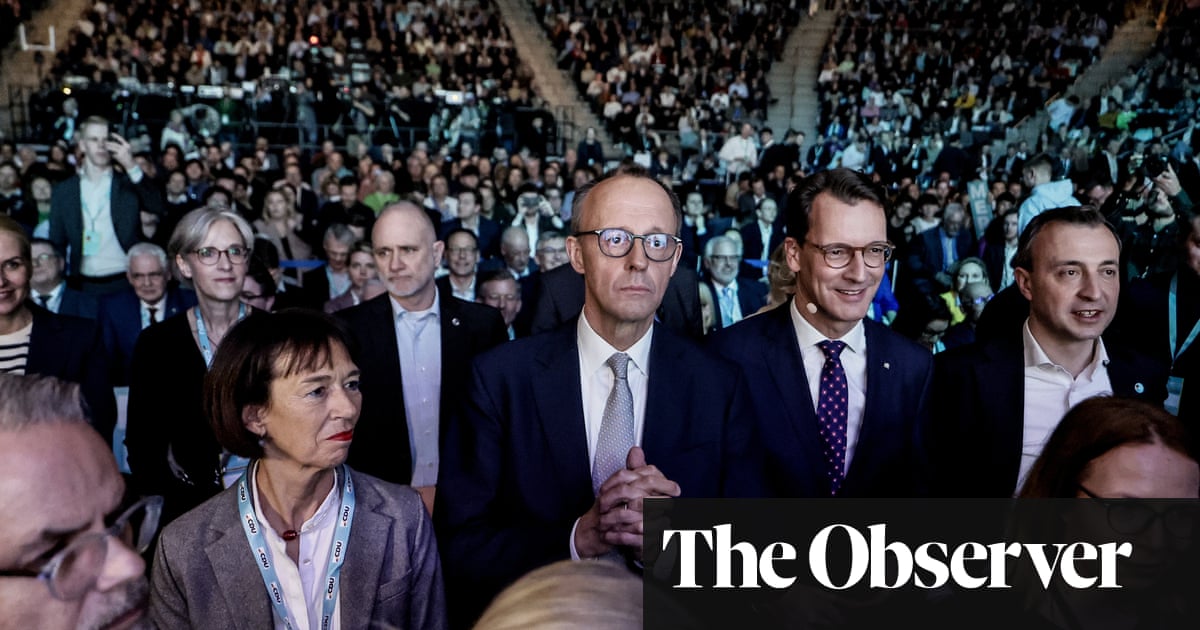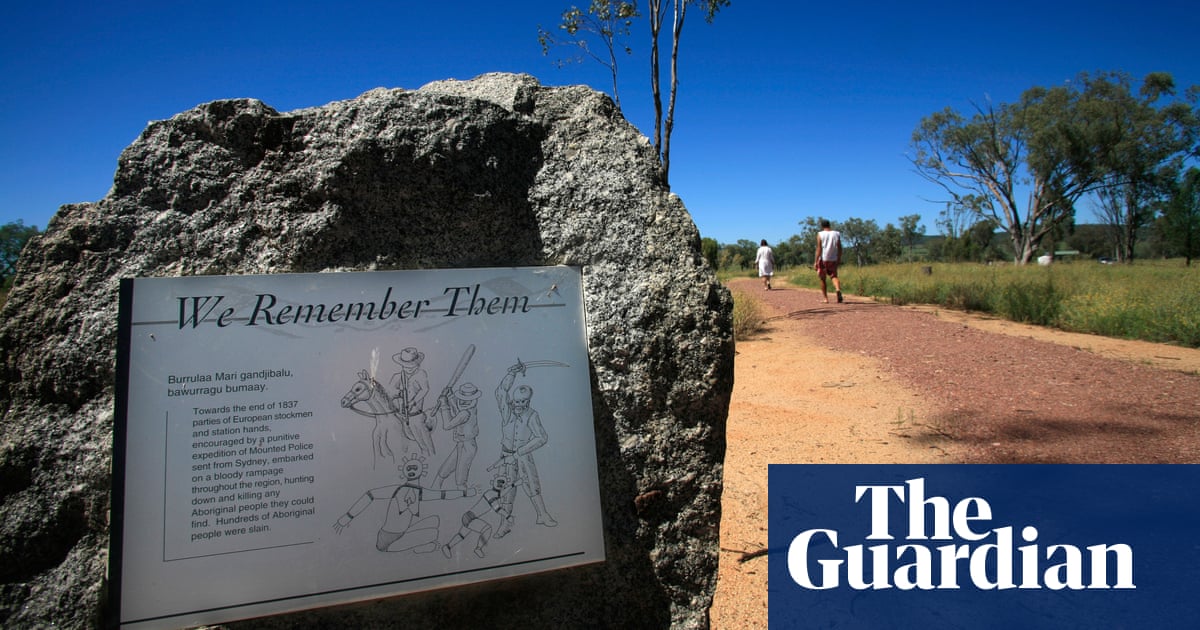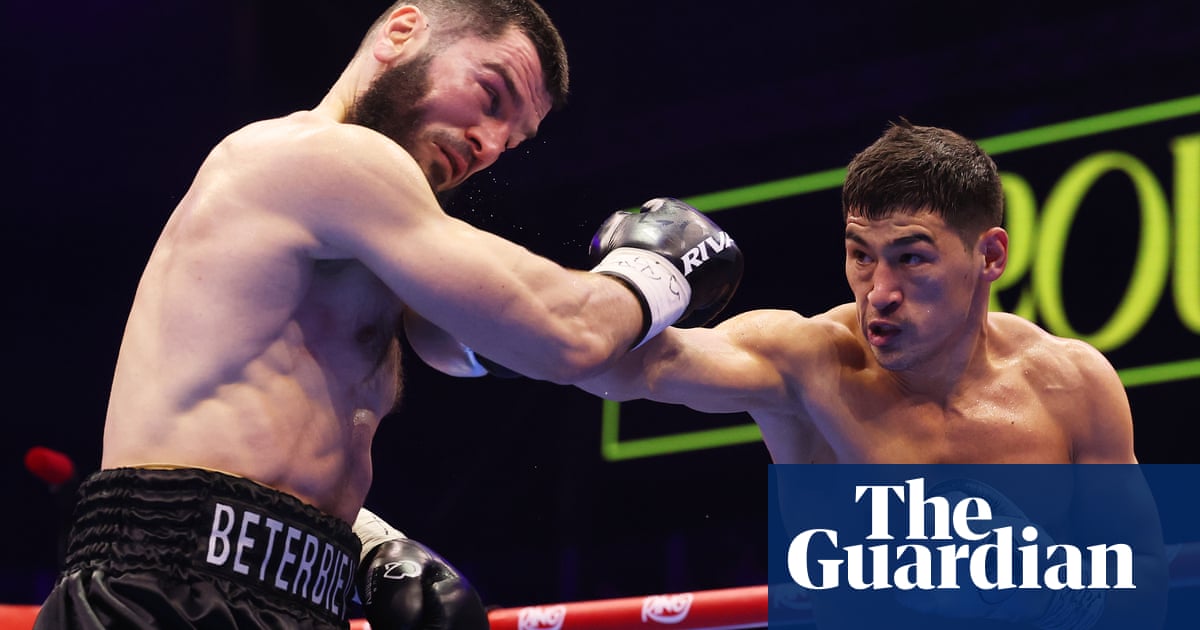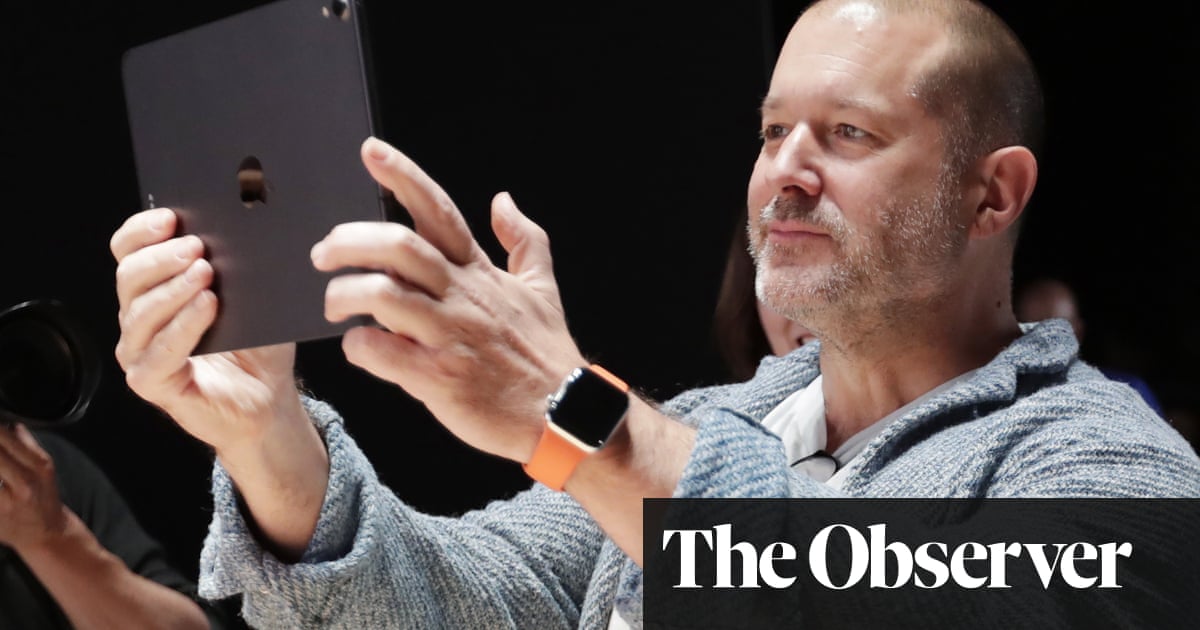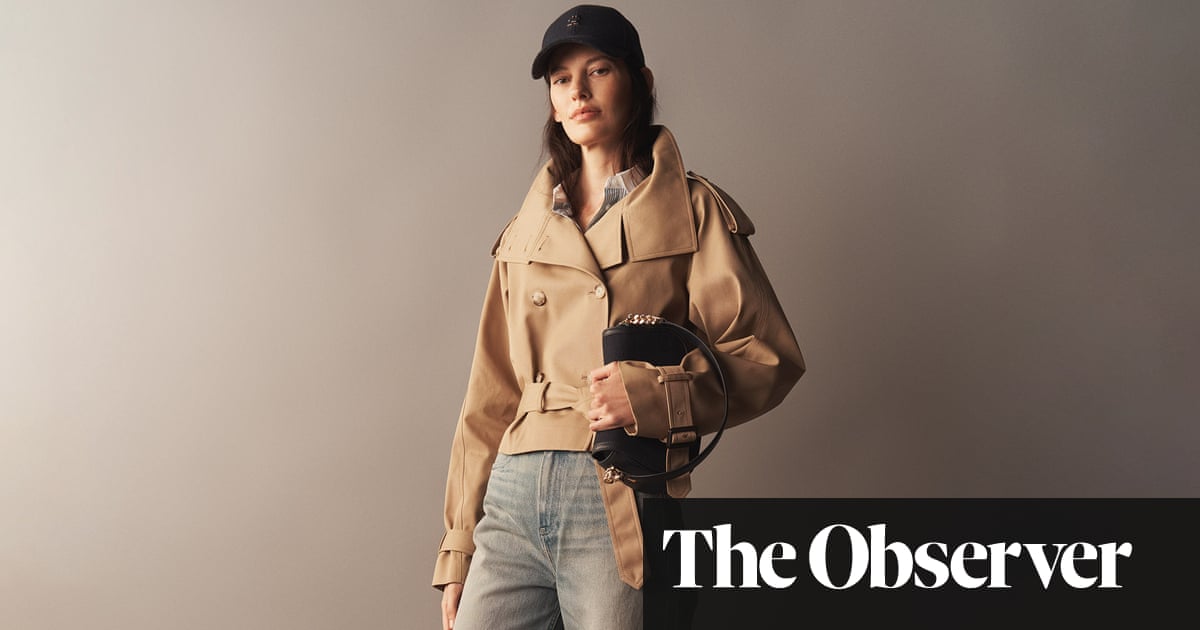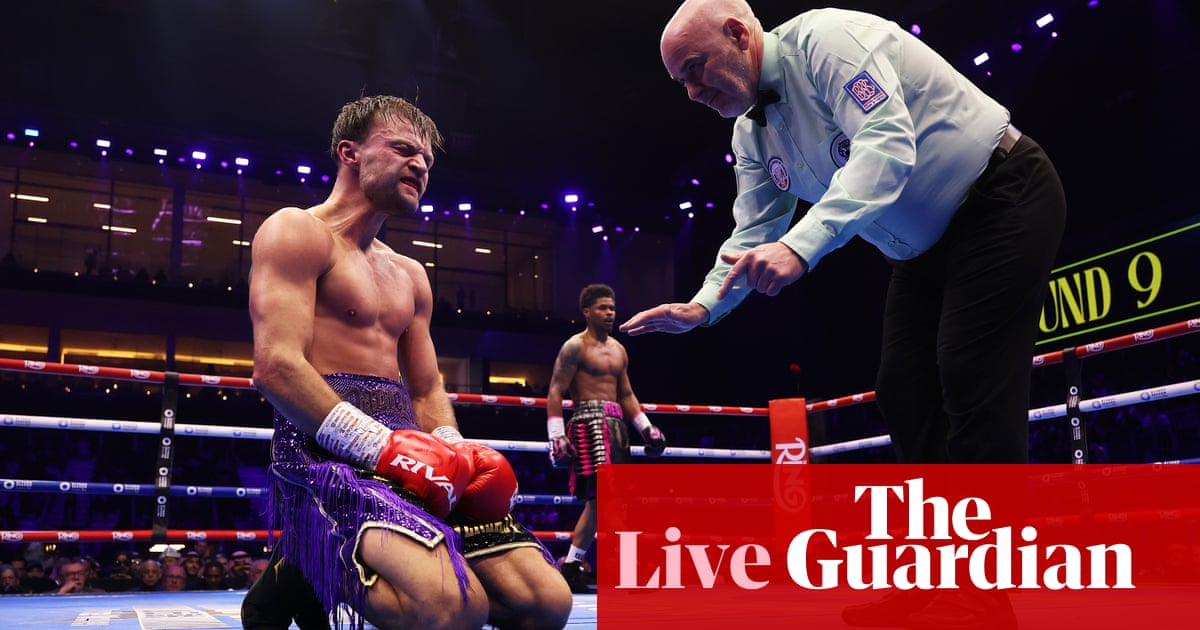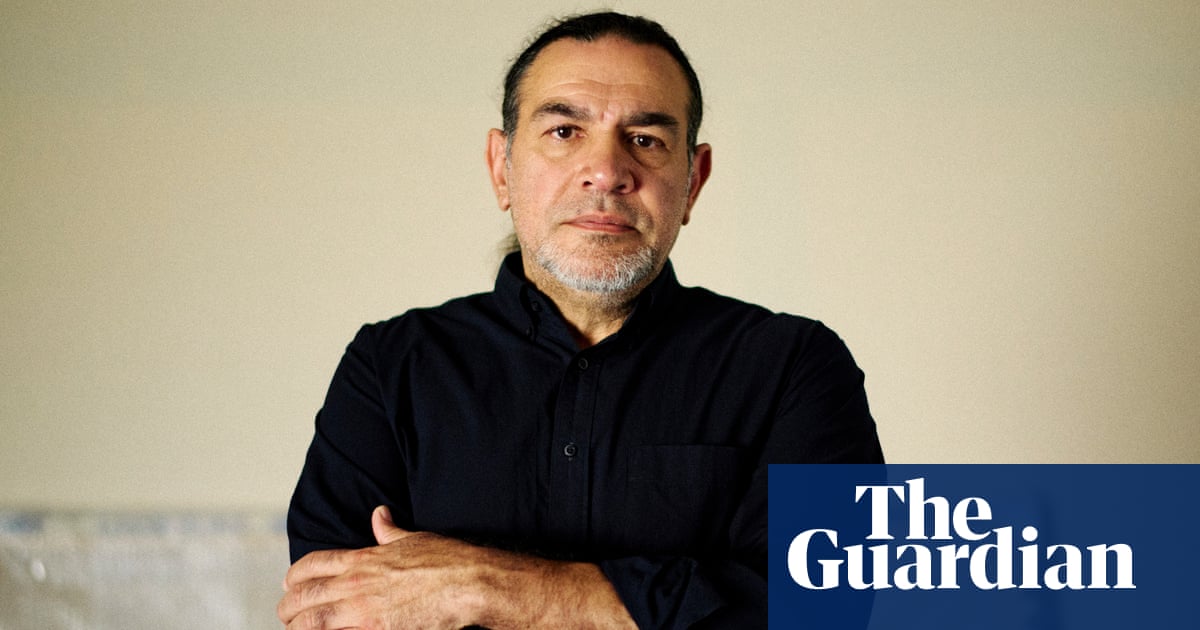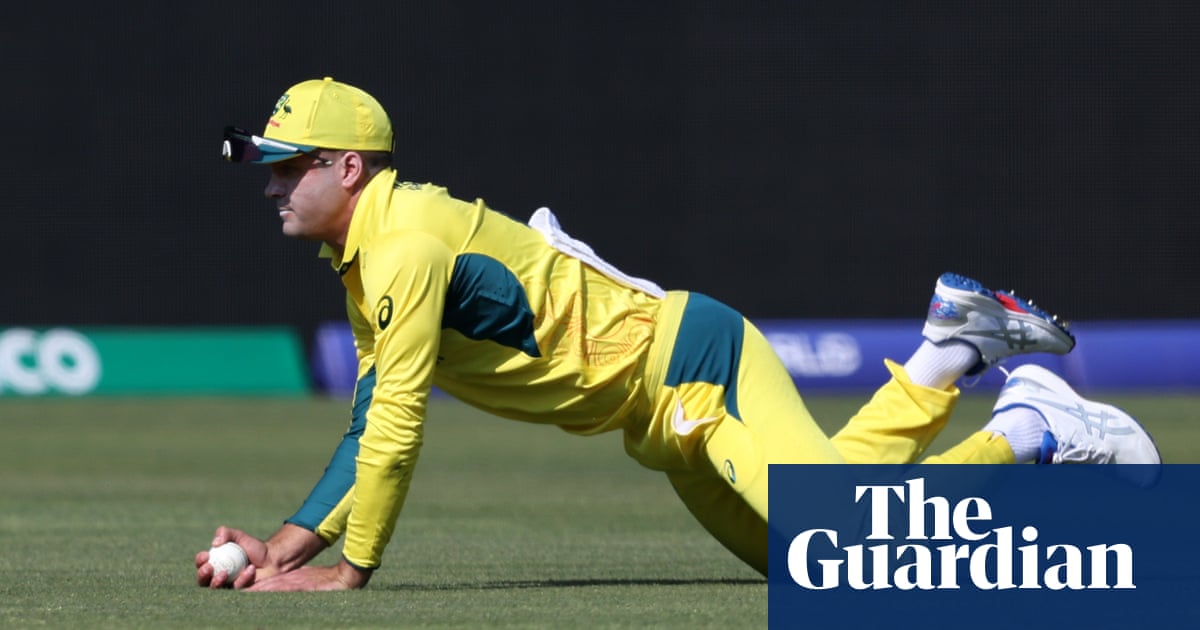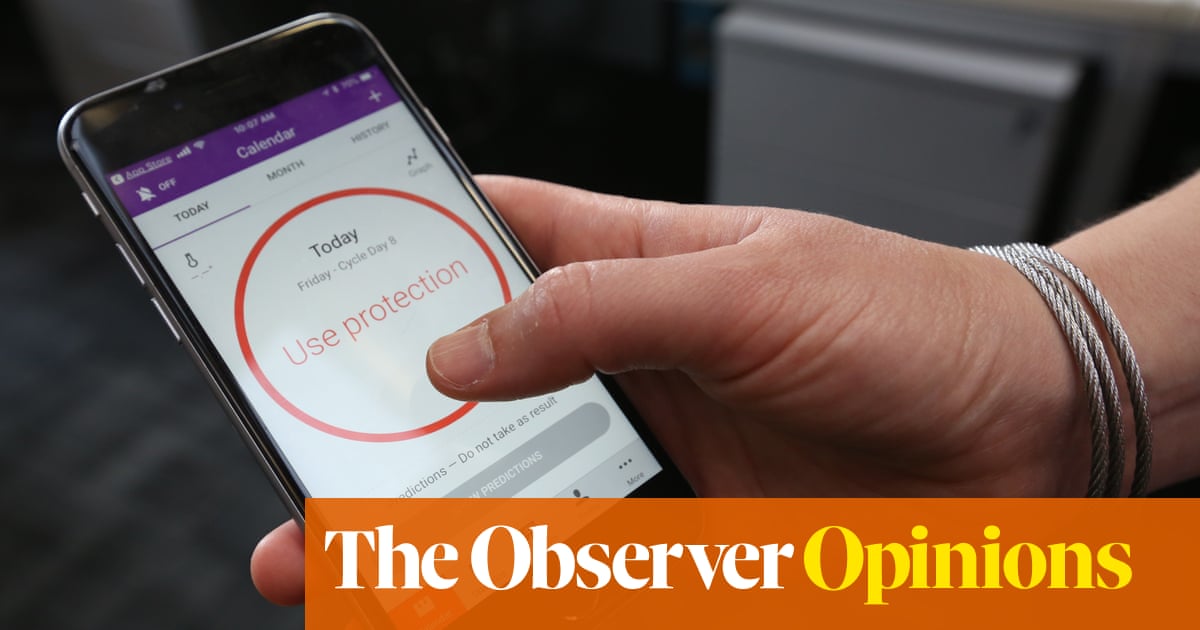If she was about to ask hundreds of women to pose naked for her, Ponch Hawkes figured it was only fair she do it too.
In 2018, the Australian photographer was approached by curator Jane Scott with the idea of photographing 500 naked women over the age of 50 for an exhibition that would challenge stereotypes about ageing, titled Flesh After Fifty. So Hawkes convinced Scott to strip off with her and the two posed for a full-body portrait in Hawkes’ studio.
“And I got on the computer and immediately went to Photoshop,” Hawkes, now 77, recalls with a wince. “Immediately, I went, ‘Oh that’s the wrong thing to do’, and shut it. But it was actually very confronting for me.”

In the years since, every time the two women have set up a shoot for Hawkes’ work 500 Strong, Hawkes has stripped off and posed first; a practicality to get the best lighting and backdrop, but also a reminder of what she is asking of the women who come to her. Many who posed over the years were deeply self-conscious and ashamed of their bodies – and yet they yearned to take part, perhaps trying to shake themselves out of it.
“In the first couple of sessions, women were crying because it was so confronting – but nobody ever went home. I always said, ‘It is OK if you can’t do it.’ And not a single person left,” Scott, 62, says.
During the shoots, some of the women revealed they’d come secretly because their partner would not approve. Others spoke of daughters who weren’t happy about it. A surprising number of women admitted they hadn’t undressed in front of their own partners for years.

“One said her husband hadn’t seen her body for 20 years because she was so ashamed of it. That was just heartbreaking,” says Scott.
They occasionally encountered a “proud, tight-tushy type”, but Hawkes and Scott found they actually loved the women who needed more help and encouragement, and who often left the shoot feeling liberated.
“I’ve done projects about very worthy and important things in my life. This is the only one that’s ever changed anything,” Hawkes says. “The response we’ve had – emails, conversations, phone calls, letters … I get the most magnificent letters.
“People have said: ‘You changed my mother’s life, she was so scared but she feels so much better about herself now.’ One woman who is a teacher told me, ‘I was so embarrassed about doing this, but when I saw the photo, I ran back to the school and told everybody about it.’ She said she feels like she can wear sleeveless dresses for the first time.”
Hawkes and Scott began shooting 500 Strong in 2021 in Hawkes’ studio in Melbourne. Word spread so fast that a waitlist soon formed; women even began travelling from interstate to take part. It took three years, but Hawkes has finally reached the 500 mark, with Scott on hand to assist and soothe nerves the whole time.

Initially, their only requirement was that the volunteers were older than 50 and presenting as a woman. Their subjects could choose whether to show their faces or not, with the warning that if they did pose uncovered, people might take pictures of their portrait and put it online.
In the end, about a third of the women chose to show their face, while the rest hid their identity with props. Initially Hawkes and Scott supplied some options, thinking people would need ideas. “We had hats, balls and a whole bunch of stuff that nobody ever used, because everyone brought in something that meant something to them,” Scott says.
“Remember when that woman came in with her chandelier?” Ponch says, laughing. “That’s when we knew, we’ll be OK.”
Big leaves, books, maps, Scrabble boards, weights, even rabbits. One woman turned up with a bucket of seaweed she had collected and piled on her head. (“A brave type – the whole studio absolutely ponged after,” says Scott.) A sex worker posed with chains; another woman with her carpentry bag and all her tools. One morning, Hawkes looked out the window and saw a woman standing in the car park with a rifle.
“She was a trap shooter,” Hawks recalls. “I said, ‘Do you realise you’re going to be photographed naked with the gun?’ And she said, ‘That’s exactly what I’m going for.’”
Emotions were often high. One woman returned the day after her photoshoot to report she’d lost an earring, which she’d worn especially for the portrait because they had sentimental value. The three women turned the studio upside down looking for it, to no avail.
after newsletter promotion

“The next woman coming in for her shoot said, ‘I just found an earring in the gutter outside.’ And we all burst into tears!” Scott says. “There was this camaraderie and solidarity that comes from sharing a room with people when you are doing something that’s completely out of the normal. I heard the most phenomenal stories from women who were unburdening themselves. Particularly the women who hadn’t told their husbands they were coming – my lord! I felt like some sort of counselling service.”
Initially, Hawkes and Scott focused on finding diverse body types, then reached out to specific communities to find more women with disabilities and from different ethnic backgrounds. They found some Indigenous and Asian women who were game, but others refused. “We really tried hard to get people from the African community, Muslims too, and we couldn’t get any takers,” Scott says.
Around the 300-mark, the two women decided they should venture out to the regions, and shot many more portraits in art galleries in Shepparton, Horsham and Geelong.
“We found the women in the regions are much less self-conscious. A lot of the bigger women seemed to feel more comfortable in their skin,” Hawkes observes.
Scott agrees: “One woman in Shepparton told me, ‘I got up, put on my dressing gown and thought, bugger it.’ In she walked to an art gallery in just her dressing gown, ready as anything.”
They found their oldest subject in Horsham: a 93-year-old who turned up with her daughter and niece. “She was so beautiful.” Hawkes says. “Her daughter was old enough to do it too, but she was too scared. But her mother heard us speaking on the radio, and she decided to do it. All she was wearing was a Band-Aid. She didn’t want to cover her face. She was brilliant.”
While it was often emotionally draining work, both women felt elated after a shoot. “We get so much back from the people who do it,” Hawkes says. “It’s a really brave thing to do in a society that has a really gendered view of ageing. Men are old codgers and women are harridans and witches – it’s difficult for people to feel good about their body, women especially, I think. It’s so brave and admirable.”
Each time they have exhibited the photos, “everybody’s keen as mustard to come and find themselves on the wall”, Scott says. Sometimes, they can’t. “People often have to employ a friend or husband to help. The husbands are often very worried about getting into trouble!” Ponch laughs.

“When Ponch photographed both of us in the nude, I was horrified to see my own body,” Scott adds. “I thought, this is how other women are going to feel – they are going to come in, suck in their stomachs and hide. But once you see yourself with all the other women, you realise, ‘Oh I look like everyone else.’ Which is a really lovely thing.”
Not all of the responses to 500 Strong have been positive; it is sometimes flagged online as pornography. “Someone once said, if you want to see naked old women, you are two clicks away from granny porn,” says Hawkes. “I actually tried it, I typed ‘naked older women’ into Google. Porn was the first hit – as were the next 25. But no one did anything sexual. I would have noticed!”
Scott gave a lecture at a university where she showed some of the images from 500 Strong. “Some of the students gave feedback saying they were offended by the nudity!” she scoffs. “Our work is not done. I just told them, ‘I think I need to come back with more photos.’”
-
500 Strong is on at the Museum of Australian Photography in Wheelers Hill, Victoria until 16 February 2025

 3 months ago
45
3 months ago
45

